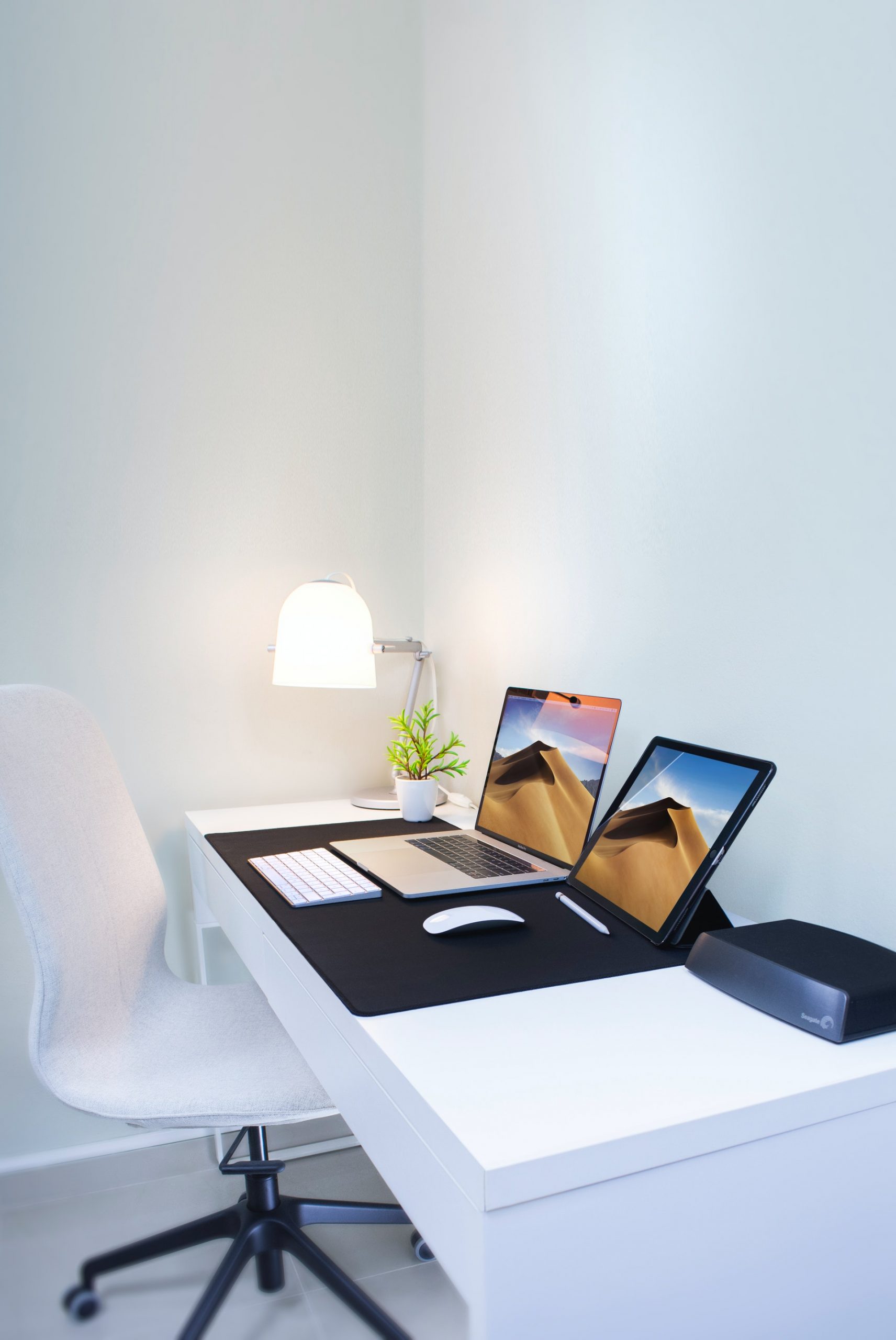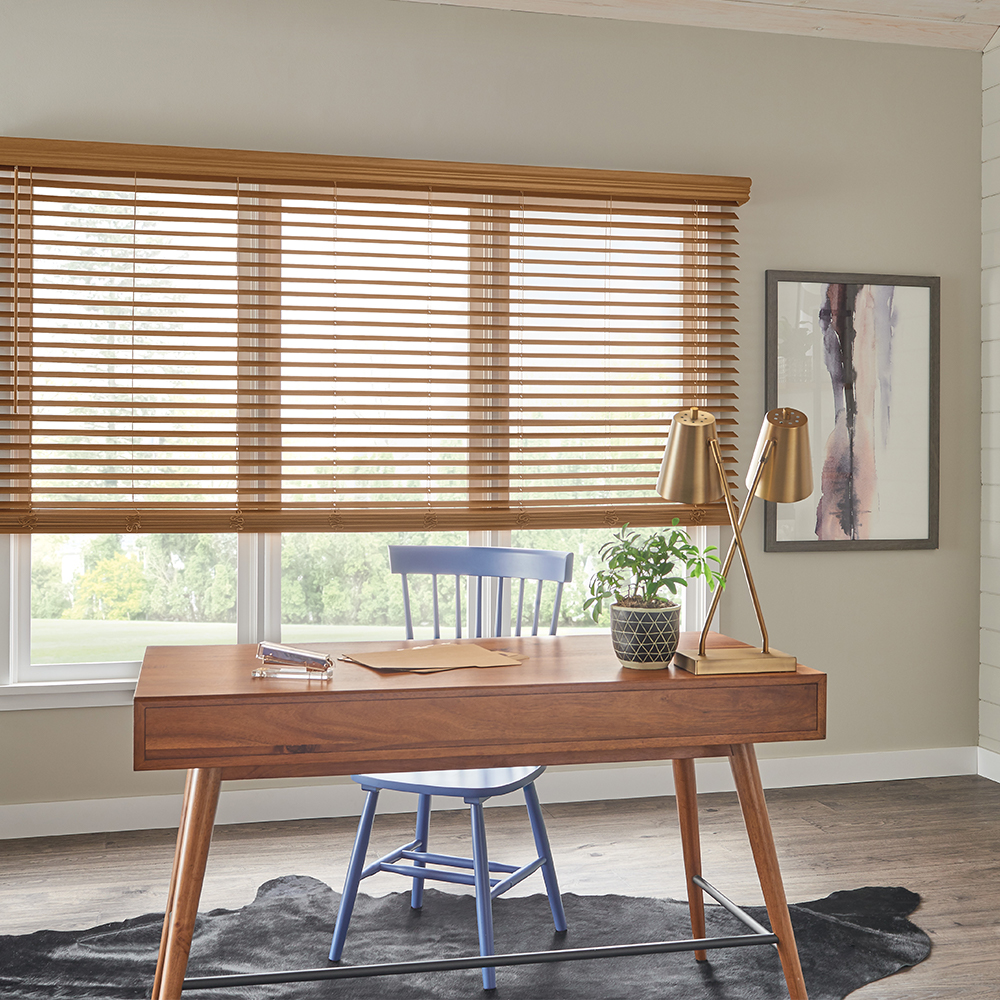By Kyle Cox, Founder & CEO, Blindster
With refreshed lockdown fears around the recent Delta variant surge and a shifting work culture which increasingly favors working from home arrangements, it’s almost a given that a significant portion of the US workforce will continue working remotely for the foreseeable future. Although stop-gap home office solutions as a result of the almost-instant switch to remote work were acceptable throughout 2020, the majority, including employers, had to improvise the sudden shift of working arrangements. In 2021, it’s reasonable to assume expectations have changed. No longer do employers want to see their employees at messy kitchen tables or with untidy living spaces in the background. Instead, they want to see their employees presenting a polished and professional image to both internal and external stakeholders, regardless of where they’re working from.
This shift means employees need to step up. Luckily, the IRS offers tax breaks for work-related home office expenses to those classified as contractors, and many businesses are open to providing a stipend for home-office makeovers. As such, many remote workers can completely makeover their home offices without incurring the cost personally. So how exactly can a remote worker create a camera-ready space? Below are a number of tips that cover the key aspects of lighting, background and style. Read on to learn more.
Lighting

Lighting is one of the most vital aspects to address prior to taking part in a Zoom call. Not only is it imperative to adequately illuminate the employee, but it also sets the tone for the call. A pitch-black or dim room with a person lit by their computer screen doesn’t exactly set a prepared nor professional tone. With this in mind, ensuring a room has adequate lighting is essential.
According to a range of sources, natural light is the most desirable type of light for video conferences, so identifying the spaces within a home which receive a good level of natural light is a good place to start. Once identified, it’s advisable to trial how the light looks on screen by turning on the device’s camera. If the natural light is too harsh, window coverings, especially a light filtering shade will soften light and make a huge difference.
If light levels are too low in all rooms within a home, the use of lamps fitted with bright white ‘Daylight’ LED bulbs can help. If using these, however, it’s imperative to point them at a wall in front of the computer to allow the softened light to reflect backwards. Pointing these types of bulbs directly at a face is not only harsh on the eyes, but also creates a very sharp and unforgiving frame on the screen.
Background

The background of a video conference signals ideas about the participant. Clutter and mess represent disorganization, while an absolutely empty room can feel desolate or improvised. As such, creating a considered background within a home office setting is a vital part of being Zoom call-ready. Simplicity is of importance here, so ensuring the room is ‘finished’ is essential. This means having neatly painted, clean walls, perhaps a simple photo or art piece hanging and, if working with a window in the background, a clean windowsill and windows. For those who want to take it a step further, an appropriate window covering, blinds or shutters, that complement the rest of the room can turn a dull, uninspired background into one which signals that the participant is organized and able.
Style

Style is where employees can inject a little of their personality into the frame. While anything highly-controversial should be avoided, it’s important to think about what is appropriate for work and the impressions the participant is trying to make. This usually comes down to the organization and industry an individual is working within. For industries that are a little dry, or place a high amount of importance on credentials or professionalism, simple and considered style is best. A tidy, organized bookshelf, simple photo or painting, or credentials hung on the wall behind the employee will set a professional and serious tone. For those in creative industries, splashing out stylistically is encouraged. Try finding an intriguing piece of art, painting a scene directly on the wall or making paste-ups, which can create a unique and interesting look.
If working with an open room in the background rather than a wall, selecting furniture which ties-in with the overall tone is essential. A plain couch can become a focal point by selecting the right cushions, a sea of plain-colored carpet can be transformed with the right rug, and a few carefully-selected tchotchkes can add pops of interest. It is important to remember, however, that all elements within the frame – walls, window coverings, furniture, and art – should complement each other to create a cohesive and considered look.
Although the future of COVID-19 and its variants is still to be determined, those who take the time to revamp their home office spaces and make the effort to frame their Zoom calls in a considered way will reap the benefits regardless. Not only will they be prepared for any Zoom calls not related to work, but they’ll also have a clean, organized and beautiful space to live and work in when not on camera.
About the author
 website in 1999 with no experience in the product, ecommerce, or business ownership. After growing that business to well over $50MM in revenue, he sold the company and it now sits under The Home Depot umbrella. Five years later he ventured back into the industry to found Blindster, now one of the largest online retailers for custom window treatments. Blindster, a family-owned company out of Houston, offers high quality custom blinds, shades, and shutters with a dedication to outstanding customer service.
website in 1999 with no experience in the product, ecommerce, or business ownership. After growing that business to well over $50MM in revenue, he sold the company and it now sits under The Home Depot umbrella. Five years later he ventured back into the industry to found Blindster, now one of the largest online retailers for custom window treatments. Blindster, a family-owned company out of Houston, offers high quality custom blinds, shades, and shutters with a dedication to outstanding customer service.Related Articles

Hexnode CEO on how the “Holiday Illusion” is Masking the Risks of Retail’s Seasonal Workforce
The danger of seasonal hires is magnified not just by who is accessing the network, but when they are doing it. Sophisticated threat actors possess a deep understanding of the retail operational calendar.

The New Frugality: How Inflation and Tariffs Are Reshaping Consumer Spending
One of the most telling shifts is how shoppers approach decision-making. Where convenience once dominated, consciousness now plays a larger role. People are researching more before making a purchase, comparing prices across multiple platforms, and questioning whether they really need the product in the first place.

Embracing new concepts vs the return to brick-and-mortar
Balancing the return to physical retail and the development of new technologies to enhance customer experience and drive operational efficiency for long-term success.
Enartis to Acquire Parsec in Winemaking and Retail Deal
The deal will bring Enartis and Parsec together to help wineries manage every part of production more easily and efficiently, from grape to bottle.


 for the latest news and job opportunities in retail tech
for the latest news and job opportunities in retail tech 